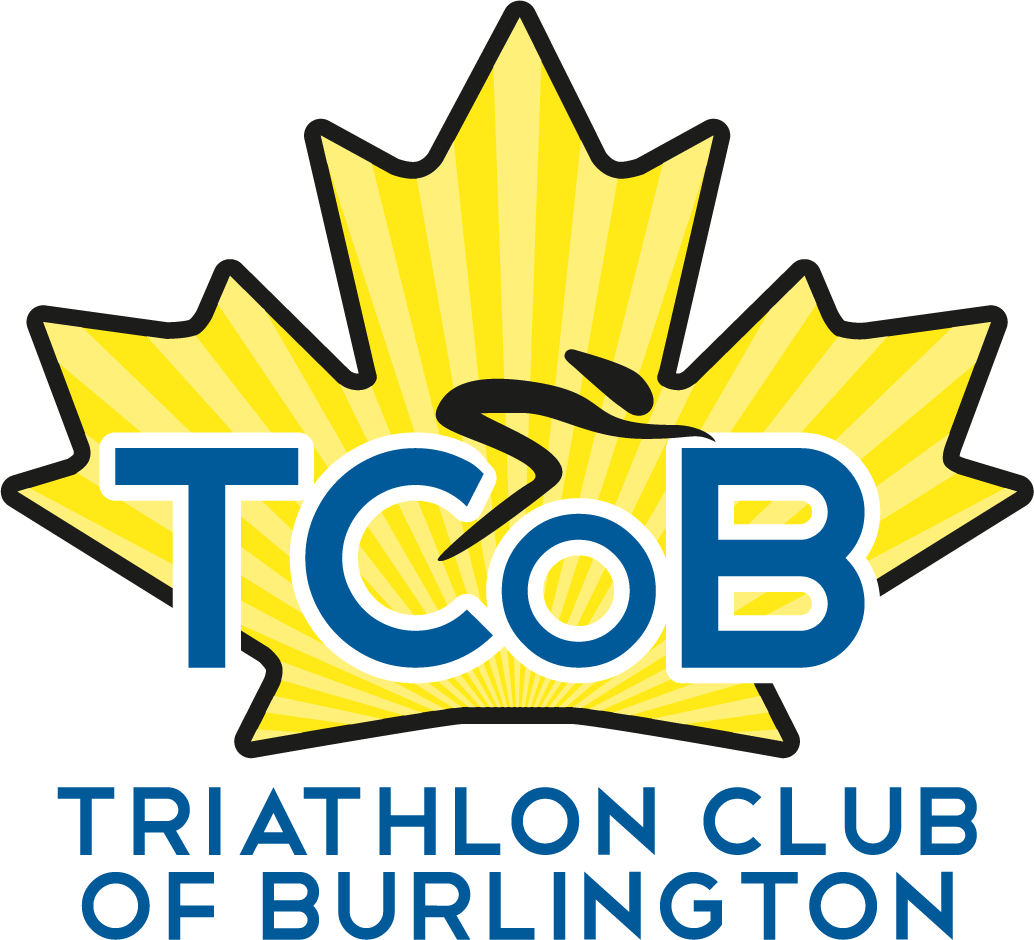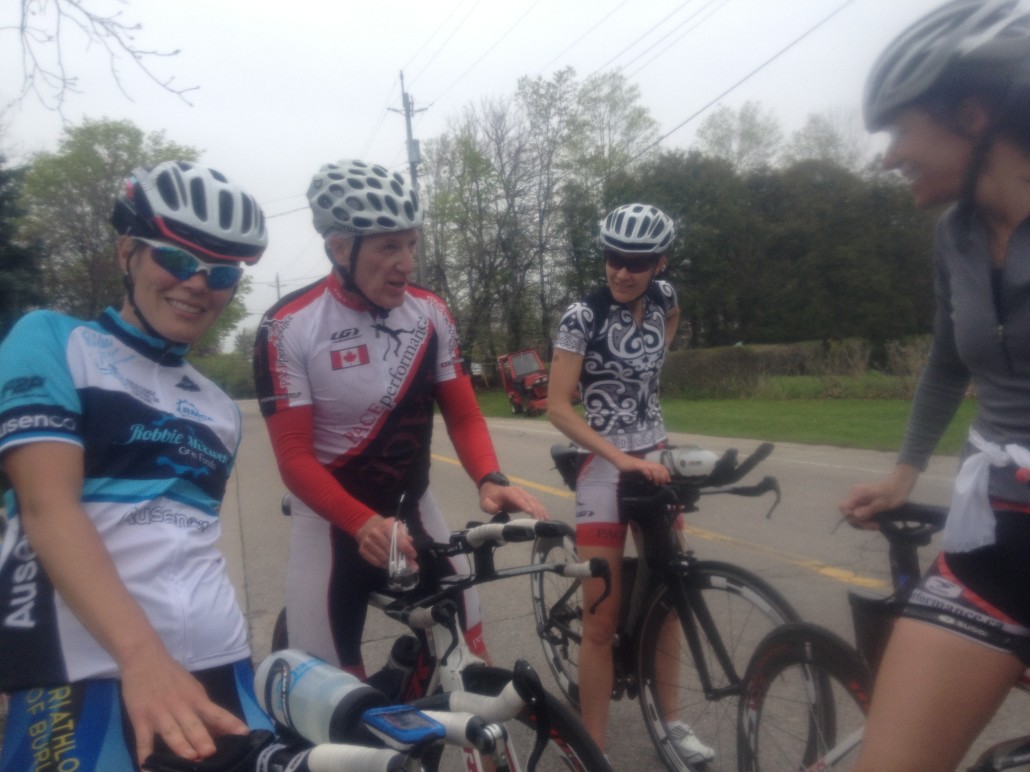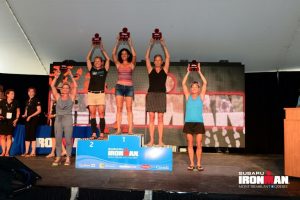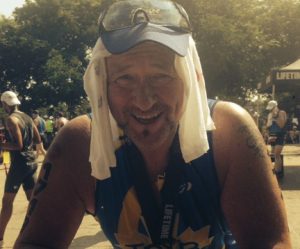Most Triathletes have heard the word Periodization before. It simply means organizing a yearly activity plan to yield the maximum training for each energy system at the correct time in the season.
P-1 – Start from the finish
Pick you’re “A” race for the season, and work back from there. Set up the appropriate taper (Generally – 3 weeks for Ironman, 2 weeks for half Ironman, Marathons and half marathons, 10 days for Olympic triathlons and one week for Sprints, 10km runs and your first Tri-a-Tri).
P-2 “B” organized
Pick your warm up events – i.e. your “B” races – ideally they should match your “A” race in some regard i.e. terrain, distance (maybe), organizational considerations may be appropriate like mass swim starts, multi-loop technical bike ride or choppy/cold water. Set these “B” races into your program outside of your taper and within the last 12 weeks of your “A” race.
P-3 Do the math – match the training
Two considerations here – if you are competing against yourself and you have a goal time in mind, calculate what your event times (including T-1 and T-2) need to be to hit your goal. Now you have training targets to compare yourself to. Devise your workouts to match these targets.
If you have a performance/podium goal, do the research. If you want to come top 3 in your event look-up all past results in your age category and the category younger. Come up with the top threes finisher’s split times, then come up with the “best in class” times i.e. the fastest individual swim , bike and run times. Use a combination of these as your benchmarks and strive to hit those times in your training.
P-4 – Timing is everything
Here you need to prioritize your energy systems training periods. Most systems need to be worked on year round. However there are times when one takes precedence over another. Base training focus happens in the first training blocks of the season. Power building in the middle training blocks and threshold focus occurs 12-14 weeks out form your “A” race day.
P-5 Train your Weaknesses (to a point)
So we know we are only as good as our weakest link – if that link is swimming then that should be your first priority and your focus early in the training. HOWEVER – keep in mind the percentage of time that is devoted to that activity in the event. So should you swim 5-6 days a week if you sink like a stone? Well maybe, but there is the law of diminished returns. When you can swim well enough to get the job done reasonably well then it maybe time to focus on the activity that requires a greater percentage of time in the event (typically the bike). Once you have identified your strengths and your weaknesses and the time devoted to that activity in the event then set your periodized time line and focus.
P-6 Resting is your best workout!
Simple – we do not get stronger from working out and overloading. We get stronger from working out, overloading then recovering from that stress. No rest, no recovery, no adaptation. It is a fine balance to know what is overtraining and what is “over recovering”- each person is different, each season is different for each person – it is vital to find your seasonal stress balance. Once you have found it work this into each training block (i.e. 1 easy week after 3 harder weeks, 1 in four, 1 in five – what is right for you?)
P-7 Workout with friends but Train on your own.
It is fine to find likeminded people to workout and spar with, but be clear on what your goal workout is for that day. Warm-up and cooldown with your buddies, however your main set needs to be about you and what you need to achieve that day, that workout, that rep. Got the idea?
Building these concepts into your yearly program will ensure that you get focused on your big event. Practice your skill sets in minor events and lazar in on your desired outcome.
These concepts are important for performance based athletes as well as recreational and participant athletes. Achieving your goal is so much more rewarding if you create a plan and train to that plan, like creating a list and crossing things off as you complete them.
Remember to enjoy the process. Regardless, who you are this is still your recreation!
Greg




